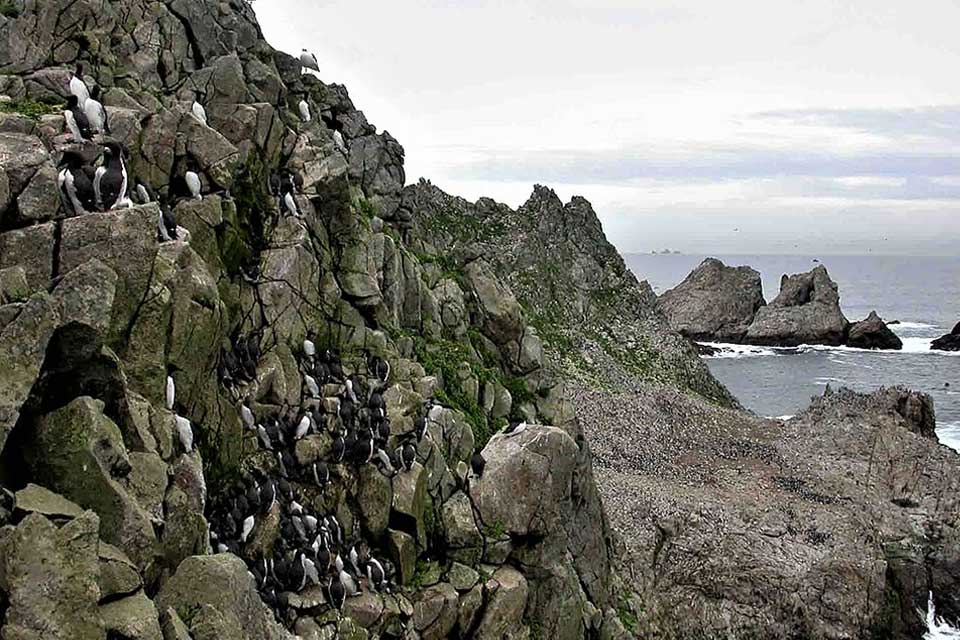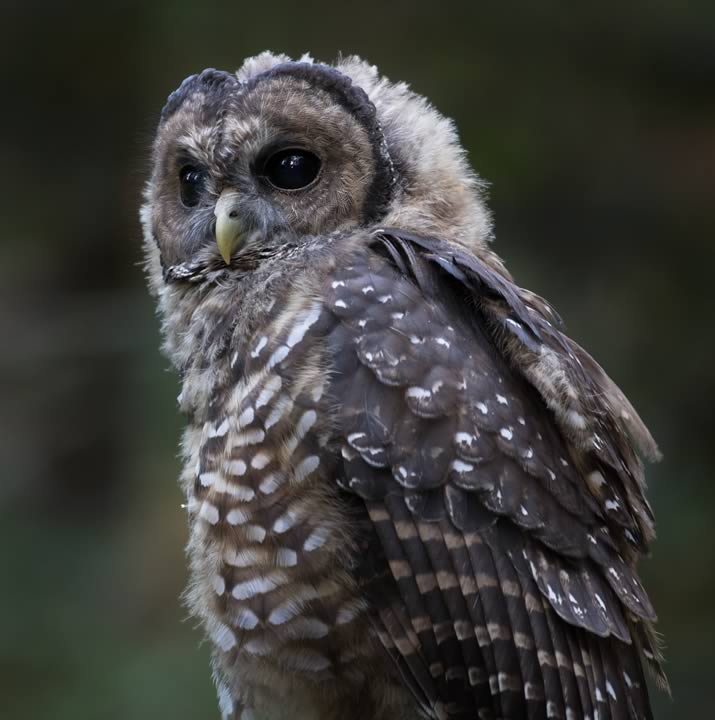
Conservation
Maybe you have had the experience of passing a favorite spot only to be disappointed at the sight of bulldozers and “progress” at work. Maybe you’ve lamented about the inevitability of it all, enraged that it occurred, or maybe you are frustrated about loss of wildlife, trees, habitats and/or climate change. If you have, then it is time to think about Marin Audubon’s Conservation Committee.
What We Do
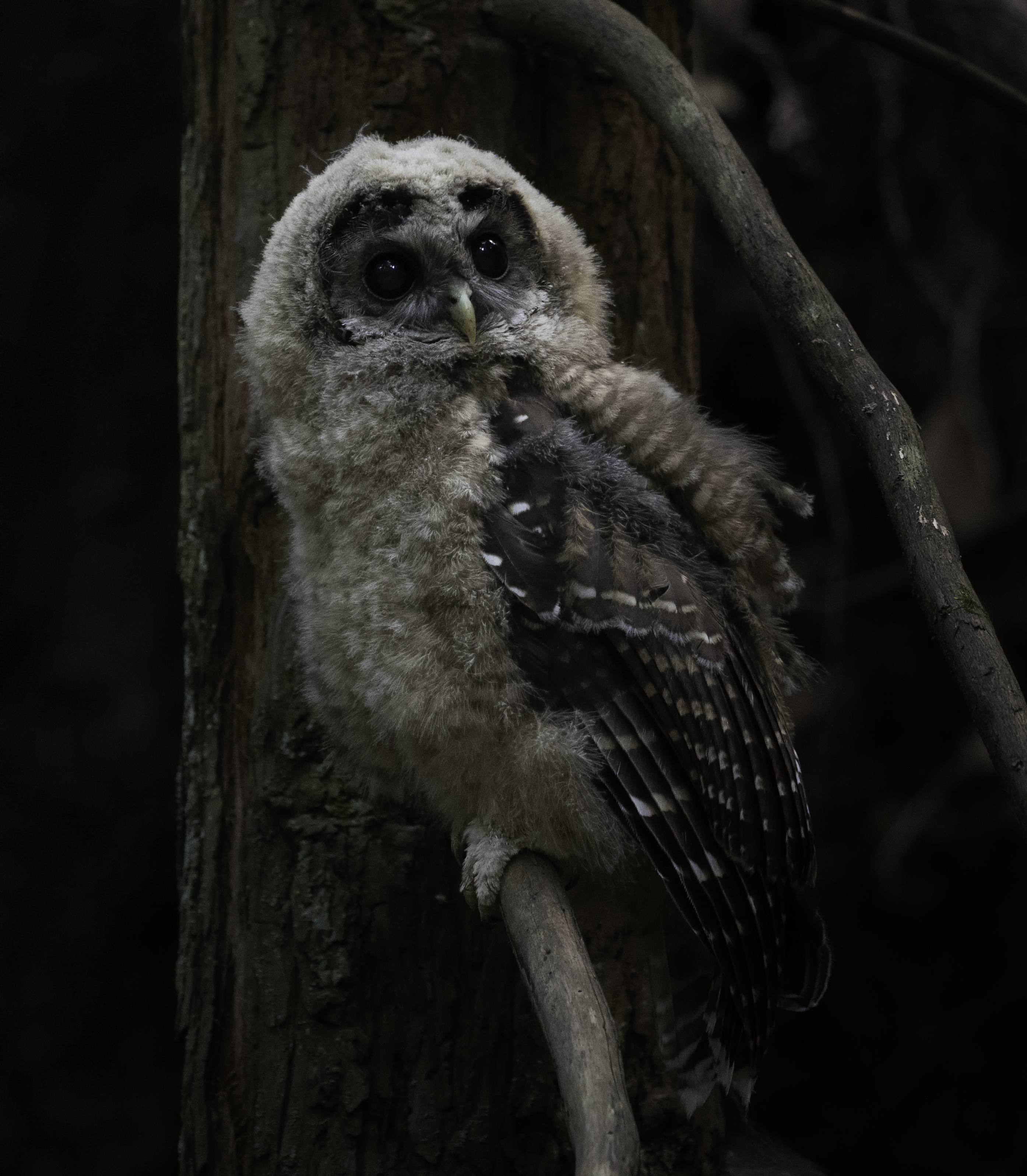 The Conservation Committee meets monthly and is open to all Marin Audubon members. Here you will have the opportunity to learn about and weigh in on local, regional, state and federal matters that relate to the conservation of natural resources. The committee follows development, other proposals and plans that have the potential to impact natural habitats and/or wildlife, and advocates for the protection of native habitats for native wildlife, particularly wetlands. The basis for our positions on all projects and plans is protecting native habitats and native wildlife.
The Conservation Committee meets monthly and is open to all Marin Audubon members. Here you will have the opportunity to learn about and weigh in on local, regional, state and federal matters that relate to the conservation of natural resources. The committee follows development, other proposals and plans that have the potential to impact natural habitats and/or wildlife, and advocates for the protection of native habitats for native wildlife, particularly wetlands. The basis for our positions on all projects and plans is protecting native habitats and native wildlife.
The Committee reviews development proposals and activities, and participates in planning and environmental actions and processes that have the potential to impact habitats. Its members participate in planning processes, attend planning commission, supervisor, council and agency hearings, meet with decision-makers, collect ideas and opinions, hear guest speakers, participate in meetings, solicit legal advice and provides written and public comment to advocate for wildlife and wildlife habitat. The committee makes recommendations to the Marin Audubon Board on policies to adopt and properties to acquire.
An essential part of conservation is understanding the participating in the processes that are required for governments to approve projects. You will learn about public hearings, scoping sessions, EIR’s, General Plans, zoning ordinances, the California Environmental Quality Act (CEQA), regulatory agencies and other public entities by participating in the Committee. As a member, your voice will be added to and help form Marin Audubon Society positions, an organization that is an effective force in protecting habitat for native species.
Why We Do What We Do
Native habitats are not only essential for the survival of our native wildlife they provide elements essential for the survival of people and our planet. Native vegetation gives us clean air, stabilizes streambanks, control of erosion and sedimentation, – all elements that support wildlife and people. Clean water, riparian streams, open water shoreline and ocean habitats support biodiversity and native ecosystems. That means they support people as well.
Our Conservation Committee carries out our mission: “To conserve and restore natural ecosystems, focusing on birds, other wildlife, and their habitats for the benefit of humanity and the earth’s biodiversity.”
Conservation Policies
Marin Audubon Society policies outline our position on several important environmental issues. Please click on the policy name to read the entire policy.
Farallon Islands at Risk
Marin Audubon has a long history of supporting restoration of the Farallon Islands habitats. In this time of global warming and other human-caused stressors to the natural environment, the US Fish and Wildlife Service’s plan to remove invasive mice from the Farallon Islands would restore the islands to a more natural and balanced habitat. For more information please see:
Farallon Islands at Risk: Marin Audubon Society Supports Farallon Islands Mouse Eradication Plan »
Northern Spotted Owl
You may have been lucky enough to come across a Northern Spotted Owl while hiking through a forest in Marin County. To be in the presence of this species is a true gift, and a reminder that a healthy ecosystem is a delicate matter. The Northern Spotted Owl is a threatened species, protected both by the state and federal governments under the Endangered Species Act. More importantly, Marin County, the Northern Spotted Owl’s most southern range, houses one of the last stable population of them in the world.
Marin Audubon Society and Climate Change
All of the habitat restoration projects MAS has done and the native habitats we plant and maintain address climate change. The native plants we install provide many benefits. They not only provide habitat, some stabilize streambanks and prevent sedimentation, provide places where we are clean water and plants are sequester carbon and release oxygen. Marsh plants in particular are important sequesters of carbon in MAS’s most recent restoration is a multi-benefit project that will restore habitat, improve flood control.
Tiscornia Marsh Nature Based Sea Level Rise Restoration Project
MAS has received a Measure AA Grant in the amount of $939,848 for Tiscornia Marsh Nature Based Sea Level Restoration Project. The work we are performing with this major grant builds on the preliminary design produced by Environmental Science Associates (ESA) over the last few years with a grant from the Marin Community Foundation.
The Measure AA grant funds will advance the design for restoring an eroded section of the marsh to benefit endangered and other species and for planning to have the Bay Trail on top of the levee. The plan will include raising the height of the levee to improve flood protection for the adjacent Canal Community and creating a gradual slope on the marsh side of the levee. The slope will provide transition habitat and high tide refugia for wildlife, allow for migration of marsh with sea level rise and stabilize the levee. The grant will also cover CEQA environmental review.
Marin Audubon is managing the grant and is again contracting with ESA to prepare, over the next several years, technical studies that will inform the project design; prepare a CEQA environmental document in compliance that will result in a conceptual design sufficient to apply for permits from regulatory agencies. At the same time, the Multi-cultural Center of Marin (MCM) will reach out to the Canal Community about sea level rise and the Tiscornia project, and will work with youth to produce a video and radio show. See the Tiscornia Marsh website
This major grant for the Tiscornia project is from the 2016 Measure AA fund, the Clean and Healthy Bay Measure managed by the San Francisco Bay Restoration Authority. The San Francisco Restoration Authority was established to fund projects that restore, protect and enhance the wetlands and wildlife habitat along San Francisco Bay and its shoreline. Learn more about the Authority at sfbayrestore.org.
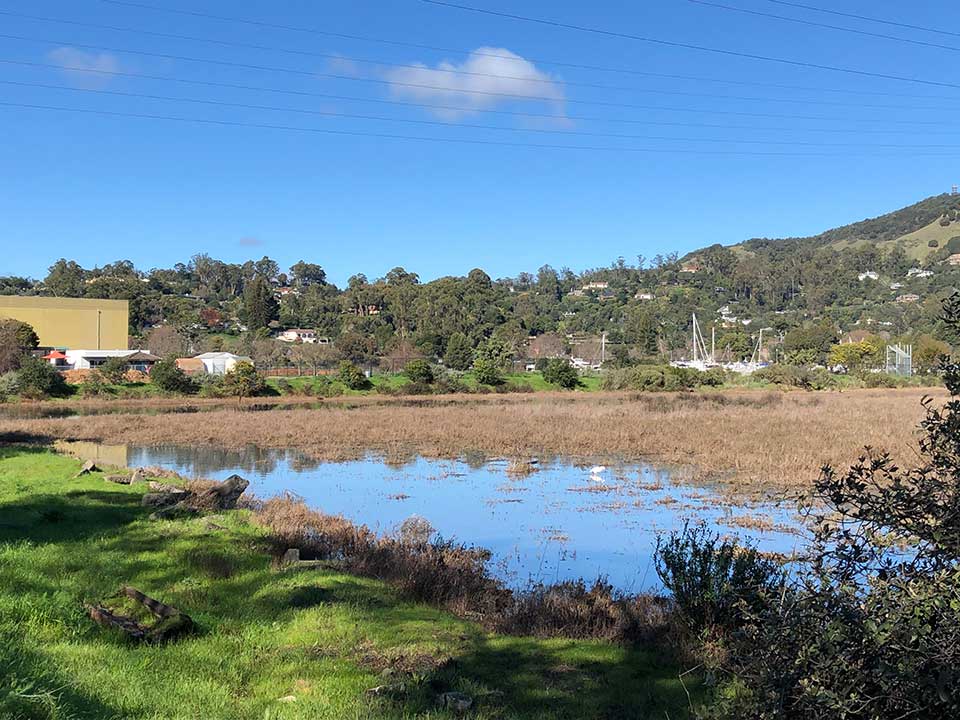
Tiscornia Marsh
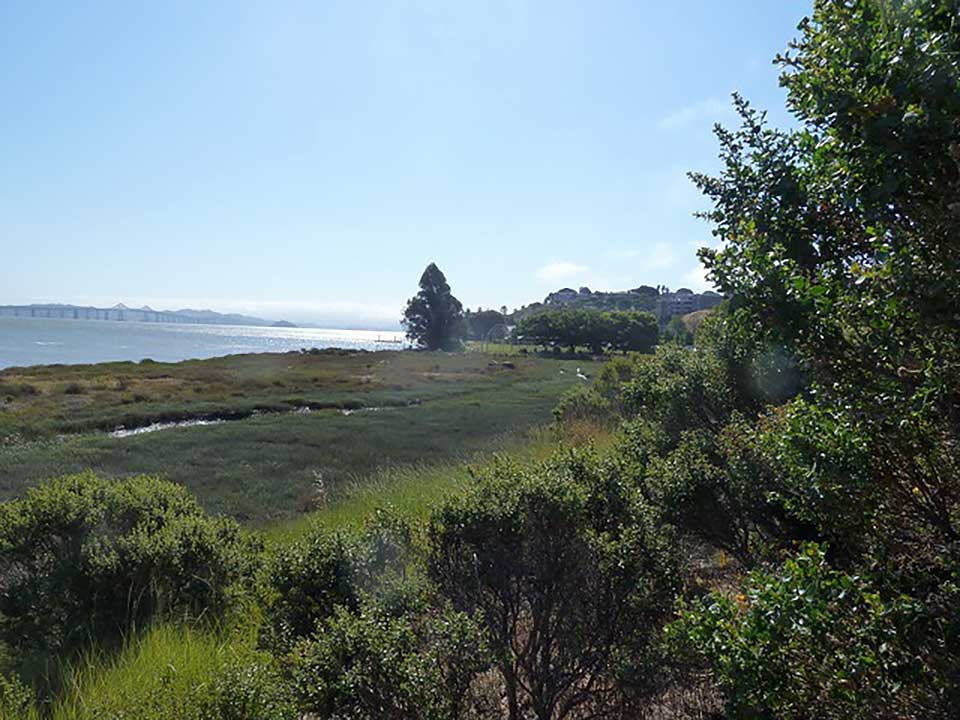
Conservation work, including reviewing plans and environmental documents, writing comment letters and appearing at public hearings objecting to several housing projects, finally enabled the acquisition and restoration of Triangle Marsh (above).
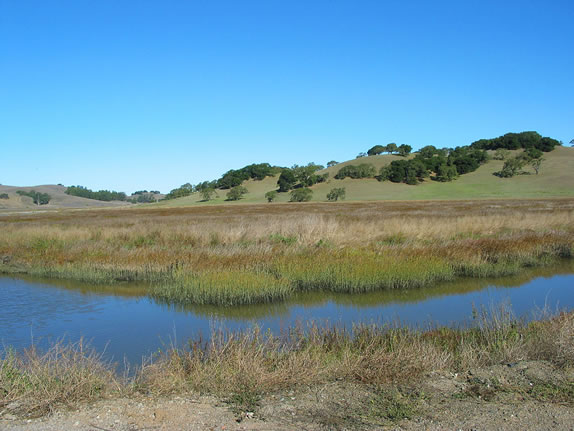
Petaluma Marsh. If MAS had not opposed expansion of what is now Redwood Landfill when the previous owner Jordan Smith wanted to expand the landfill on to this property, this 182 acre property would not be permanently protected and 100 acres restored to tidal action.
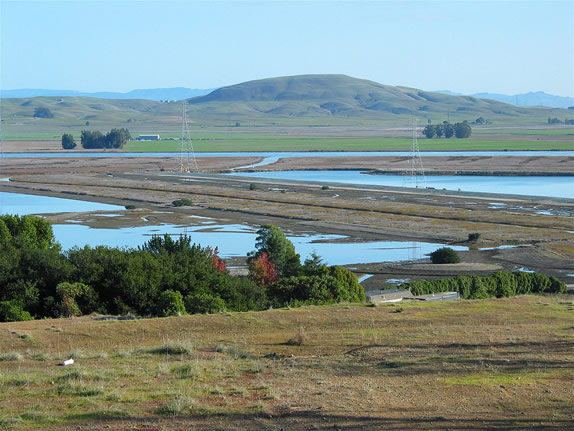
Leading to the protection and restoration of the 635-acre Bahia Property, MAS opposed three proposals to construct housing developments by appearing at public hearings, writing opposition letters, objecting to regulatory agencies, and obtaining legal counsel. A referendum that reflected more than 60% support for protection of the site led to the property owner selling the property to MAS for permanent protection, restoration of tidal marsh and public access.
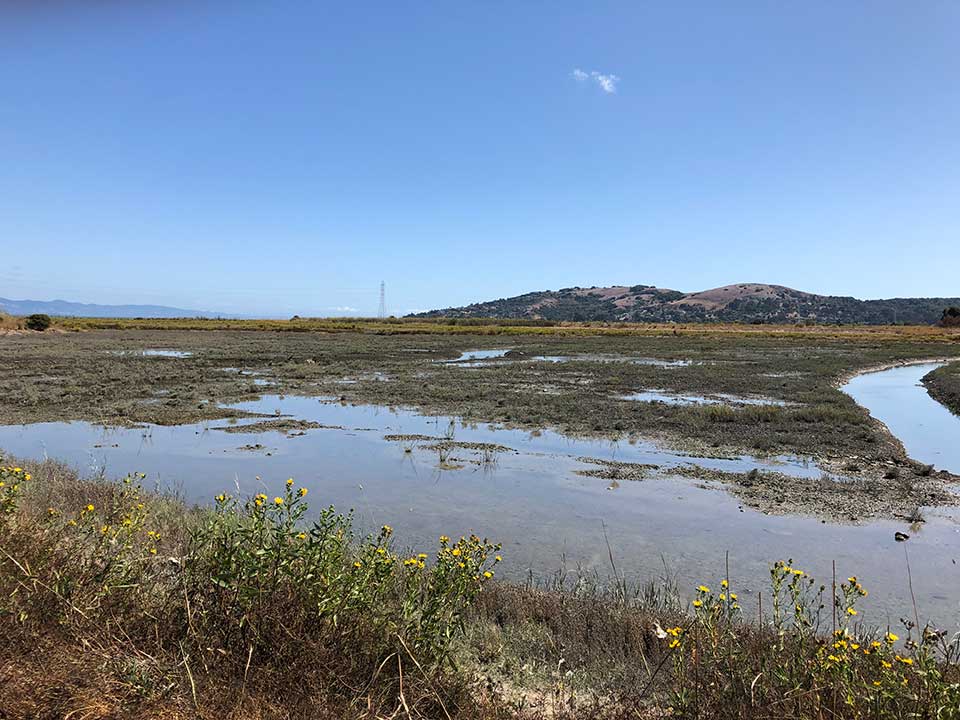
Another example of how conservation work is essential to protection and restoration of important habitats, is the five acre property adjacent to the Corte Madera Ecological Reserve formerly owned by Frank Greene. MAS involvement with this property began in the mid 1980s with the proposal for an office development and involved reviewing CEQA documents, objecting at public hearings, writing comment letters, and direct communication with the property owner. Through the years we objected to development proposals for offices and housing, negotiated directly with the owner who finally gave in and sold the property to us in 2016. This enabled restoration of tidal marsh on the property and on the adjacent Corte Madera Ecological Reserve (above).
Reporting Problems on Public Lands
Marin Audubon encourages visitors to open space lands to report behavior they witness that is damaging the natural resources, habitat, wildlife, or to people. Problem behavior would include cyclists riding off trails, traveling at unsafe speed, or on trails not designated for their use; dogs off leash, harassing wildlife and/or on trails not designated for their use.
This list provides contact information for the public agencies that manage natural lands in Marin County. All of these agencies have policies or regulations protecting environmental resources and visitors.
Conservation News
Please see our newsletter The Rail for the latest conservation news.
